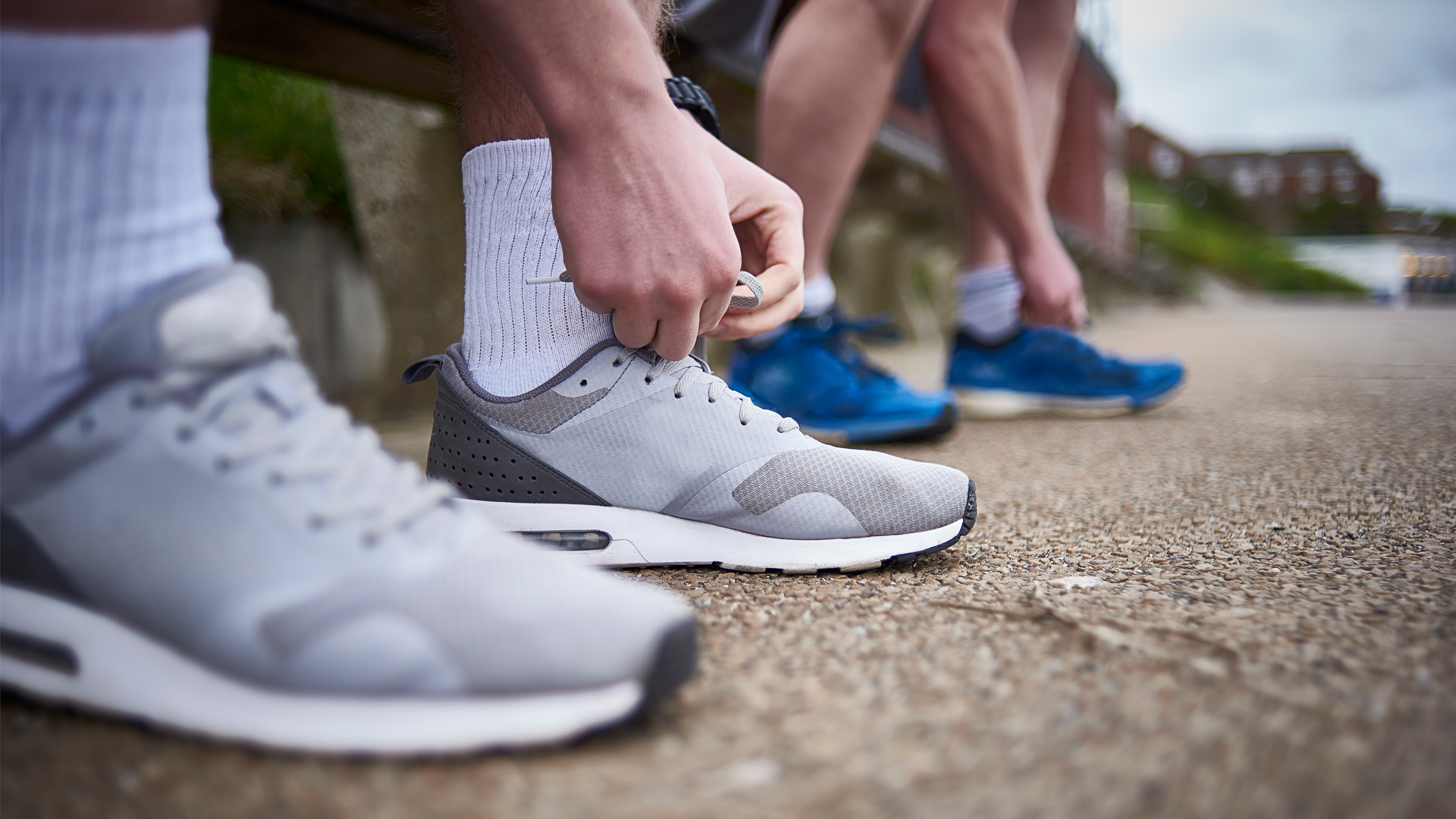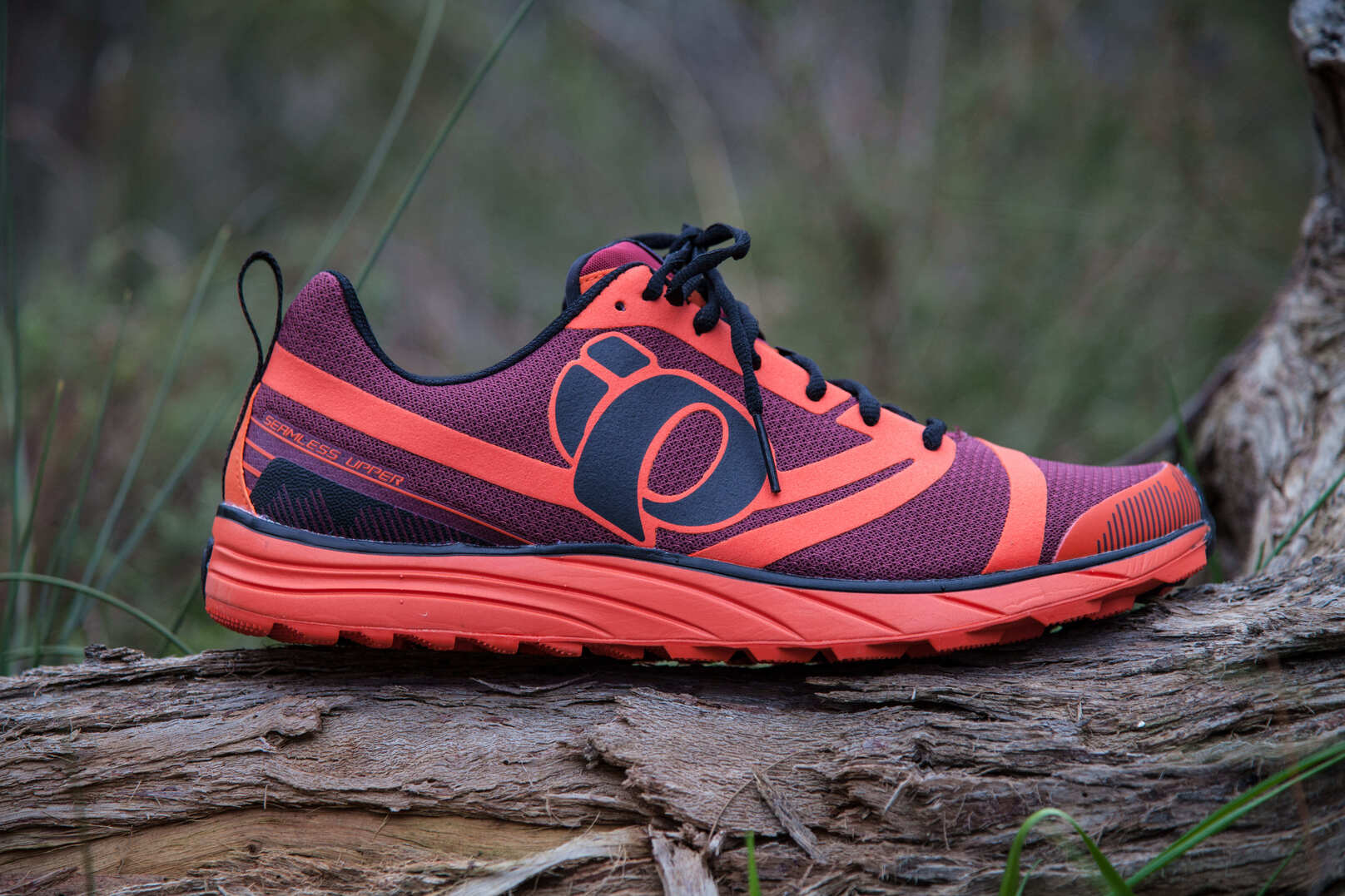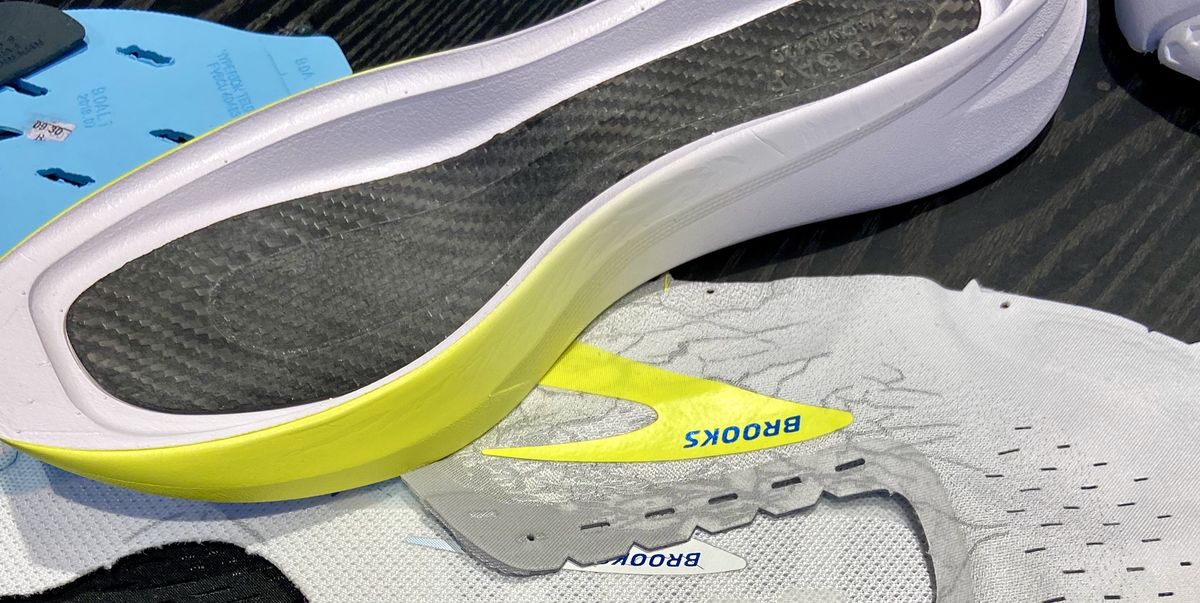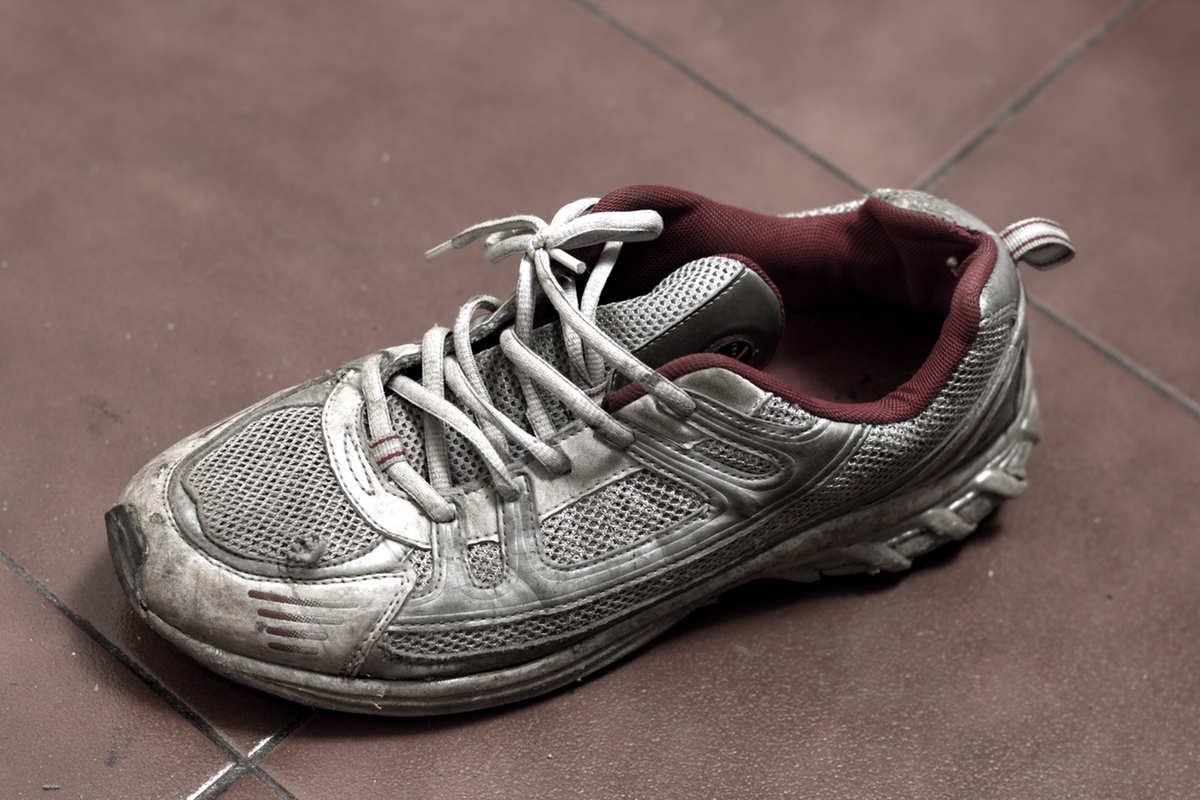

Featured
How Many Miles Should Running Shoes Last
Modified: August 19, 2023
Featured: Learn how many miles your running shoes should last and when it's time to replace them for optimal performance and injury prevention.
Introduction
Running shoes are an essential piece of gear for any runner, whether you’re hitting the roads or trails. They provide cushioning and support, helping to reduce the impact on your joints and minimize the risk of injury. But like any piece of equipment, running shoes have a limited lifespan. Over time, the materials in your shoes break down, losing their ability to provide adequate support and cushioning.
Knowing how long your running shoes should last is crucial for both your performance and injury prevention. Running in worn-out shoes can lead to discomfort, pain, and even more serious injuries. But determining the lifespan of running shoes isn’t an exact science. It depends on various factors such as your running style, body weight, training frequency, and the terrain you run on.
In this article, we will explore the factors that affect the lifespan of running shoes, common signs of wear and tear to look out for, recommended mileage for different types of running shoes, tips to extend their lifespan, and when it’s time to replace them. Understanding these factors will help you make informed decisions about when to retire your worn-out running shoes and invest in a new pair.
Factors Affecting the Lifespan of Running Shoes
Several factors can impact how long your running shoes will last. By understanding these factors, you can better gauge the lifespan of your shoes and make informed decisions about when to replace them.
Running Style: The way you run can greatly affect the lifespan of your shoes. Do you have a heavy heel strike? Are you a midfoot or forefoot striker? These factors determine how the cushioning and outsole wear down over time.
Body Weight: Your body weight also plays a role in the lifespan of your running shoes. Heavier runners put more stress on the cushioning and midsole, causing them to deteriorate faster than lighter runners.
Training Frequency: How often you run also affects the lifespan of your shoes. The more mileage you put in, the quicker your shoes will wear out. If you’re a high-mileage runner, expect to replace your shoes more frequently.
Terrain: The type of terrain you run on can have a significant impact on your shoes. Rough and uneven surfaces can cause more wear and tear compared to smooth roads or treadmills.
Shoe Quality: The quality of the shoes themselves is a crucial factor. Higher-end running shoes generally have better cushioning and durability, which can extend their lifespan.
Care and Maintenance: How you care for your running shoes can also affect how long they last. Proper cleaning, allowing them to air-dry after use, and avoiding extreme temperature conditions can all contribute to prolonging their lifespan.
Understanding these factors and how they interact with each other will give you a better idea of how long your running shoes are likely to last based on your individual circumstances. However, it is important to remember that these are general guidelines, and individual experiences may vary.
Common Signs of Wear and Tear
As you lace up your running shoes day after day, it’s important to keep an eye out for signs of wear and tear. Recognizing these signs will help you determine when it’s time to retire your current pair and invest in a new one. Here are some common indicators to look out for:
- Sole Wear: Examine the outsole of your shoes. If you notice significant thinning or worn-out treads, it’s a clear sign that the shoes have reached the end of their lifespan. Lack of grip and traction can increase the risk of slipping and injuries.
- Cushioning Loss: Pay attention to the midsole of your shoes. Over time, the cushioning materials can wear down, leading to reduced shock absorption. If you start feeling more impact on your joints or experience discomfort during runs, it may be a sign that the cushioning has deteriorated.
- Visible Damage: Inspect the upper part of your shoes for any visible damage, such as holes, torn fabric, or separated seams. These issues can affect the structural integrity of the shoes and compromise their performance.
- Uneven Wear Patterns: Check the wear pattern on the outsole. If certain areas show significantly more wear than others, it could be an indication of an imbalance in your gait or footstrike. This can lead to imbalances and potential injuries if not addressed.
- Decreased Stability: Notice if your shoes feel less stable and supportive than before. If you find yourself wobbling or struggling to maintain proper form, it may be a sign that the shoes have lost their stability due to wear and tear.
It’s important to regularly inspect your running shoes to catch these signs of wear and tear early on. Replace them before they become too worn and compromise your running experience or increase the risk of injuries. Remember, prevention is key when it comes to maintaining your running gear and ensuring your safety on the road or trail.
Recommended Mileage for Different Types of Running Shoes
The lifespan of running shoes can vary depending on the type of shoe and its intended use. Different shoes are designed to withstand different levels of wear and tear. Here are some general guidelines for recommended mileage based on the type of running shoes:
- Lightweight/Minimalist Shoes: These shoes are designed for speed and agility rather than durability. They typically have less cushioning and minimal structure. As a result, they may have a shorter lifespan. It’s recommended to replace lightweight or minimalist shoes every 300-400 miles.
- Neutral Cushioned Shoes: These shoes provide a balance of cushioning and support for most runners. They are suitable for runners with a neutral gait or mild pronation. The recommended lifespan for neutral cushioned shoes is around 400-500 miles.
- Stability Shoes: Stability shoes are designed to provide additional support for runners who overpronate. They typically have firmer midsoles and supportive features. Due to their construction, stability shoes tend to have a longer lifespan. Replace stability shoes after approximately 500-600 miles.
- Trail Running Shoes: These shoes are specifically designed for off-road running and feature durable materials and aggressive outsoles for better traction. Given the rugged terrain they are subjected to, trail running shoes should be replaced every 400-500 miles, or earlier if you notice significant wear on the outsole.
- Long-Distance Running Shoes: If you’re training for a marathon or participating in long-distance running, it’s essential to have shoes that can withstand the high mileage. Look for shoes with extra cushioning and durability. Replace long-distance running shoes around 500-700 miles, depending on factors like your weight and running style.
Keep in mind that these recommendations are just general guidelines. Your specific running style, body weight, and the terrain you run on can influence how long your shoes will last. It’s essential to listen to your body and pay attention to the signs of wear and tear to determine when it’s time to retire your running shoes and invest in a new pair.
Tips to Extend the Lifespan of Running Shoes
While running shoes have a limited lifespan, there are several steps you can take to extend their durability and get the most out of your investment. Here are some tips to help prolong the lifespan of your running shoes:
- Rotate Your Shoes: Alternate between multiple pairs of running shoes. This allows each pair to fully dry out and recover between runs, reducing moisture buildup and extending their overall lifespan.
- Properly Store Your Shoes: Store your shoes in a dry, well-ventilated area away from direct sunlight. Avoid compressing them or leaving heavy objects on top, as this can deform the midsole and affect the shoe’s performance.
- Use Your Shoes for Their Intended Purpose: While it may seem tempting to wear your running shoes for various activities, such as walking or everyday wear, it’s best to reserve them solely for running. Using them for their intended purpose will help prevent unnecessary wear and tear.
- Protect Your Shoes: Avoid wearing your running shoes in harsh weather conditions, such as heavy rain or snow, as these elements can damage the materials. If you do run in wet conditions, allow your shoes to air dry naturally, away from direct heat sources.
- Keep Them Clean: Regularly clean your running shoes to remove dirt, mud, and debris. Use a gentle brush or cloth and mild soap to clean the upper and outsole. Avoid using harsh chemicals or machine washing, as this can damage the shoes.
- Replace Worn Out Insoles: Insole cushioning can lose its effectiveness over time. Consider replacing the insoles periodically to maintain maximum comfort and support.
- Listen to Your Body: Pay attention to any discomfort or changes in your running experience. If you start experiencing pain or notice decreased support, it may be a sign that your shoes need to be replaced, even if they haven’t reached their recommended mileage yet.
By following these tips, you can help extend the lifespan of your running shoes and ensure they continue to provide the necessary support and cushioning to keep you comfortable and injury-free during your runs.
When to Replace Your Running Shoes
Knowing when to replace your running shoes is essential for maintaining optimal comfort and preventing injuries. While the recommended mileage gives you a general guideline, it’s important to pay attention to the signs that indicate your shoes may no longer be providing adequate support. Here are some key indicators that it’s time to replace your running shoes:
- Pain and Discomfort: If you start experiencing pain or discomfort during your runs that you didn’t feel before, it may be a sign that your shoes have worn down and are no longer providing sufficient cushioning or support. Pay attention to any new or persistent aches in your feet, ankles, knees, or hips.
- Visible Wear and Tear: Take a close look at your shoes for signs of significant wear and tear. Check for worn-out treads, visible damage to the upper, or separated seams. If the structural integrity of the shoes is compromised, it’s time to replace them.
- Decreased Performance: If you notice a decline in your running performance, such as slower times, decreased stability, or compromised form, it could be due to worn-out shoes. As the cushioning and support deteriorate, it becomes more challenging to maintain optimal running mechanics.
- Uneven Wear Patterns: Examine the outsole of your shoes for uneven wear patterns. If certain areas are more worn down than others, it may indicate an imbalance in your gait or footstrike. This can lead to imbalances and potential injuries if not addressed.
- Feeling “Flat” or “Dead”: Over time, the foam in the midsole of your shoes can lose its responsiveness and become compressed. If your shoes feel flat or “dead” and you no longer feel the same level of cushioning and bounce, it’s a sign that they have reached the end of their lifespan.
- Regular Maintenance No Longer Effective: If you’ve been diligently following the tips for care and maintenance but your shoes still show major signs of wear or discomfort, it may be an indication that they have reached their limit and need to be replaced.
Remember, everyone’s running experience is unique. Some runners may need to replace their shoes more frequently due to factors like body weight, running style, and terrain. It’s crucial to prioritize your comfort and safety. If you’re unsure whether it’s time to replace your shoes, consult with a knowledgeable running specialist or podiatrist who can assess your needs and advise you accordingly.
Conclusion
Understanding the lifespan of your running shoes and knowing when to replace them is crucial for optimal performance and injury prevention. While there are some general guidelines for mileage, it’s important to consider individual factors such as your running style, body weight, and training frequency.
Regularly inspect your shoes for signs of wear and tear, including worn-out soles, decreased cushioning, visible damage, and uneven wear patterns. Take note of any pain or discomfort during your runs and pay attention to changes in your running performance. Listening to your body and recognizing these signs will help you determine when it’s time to retire your current pair and invest in a new one.
By following good care and maintenance practices, such as rotating your shoes, storing them properly, and keeping them clean, you can help extend their lifespan. Additionally, using your shoes for their intended purpose and replacing worn-out insoles can further contribute to their durability.
Remember that the recommended mileage is a general guideline. It’s essential to prioritize your comfort and safety over reaching a specific number of miles. If you’re unsure whether it’s time to replace your shoes, seek advice from a knowledgeable running specialist or podiatrist.
Investing in high-quality running shoes and replacing them in a timely manner will not only enhance your running experience but also help reduce the risk of injuries. Your feet deserve the support and cushioning they need to carry you through miles of running. Take care of your running shoes, and they will take care of you.









